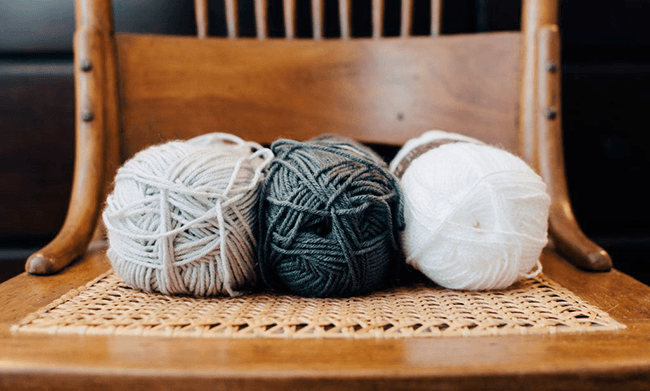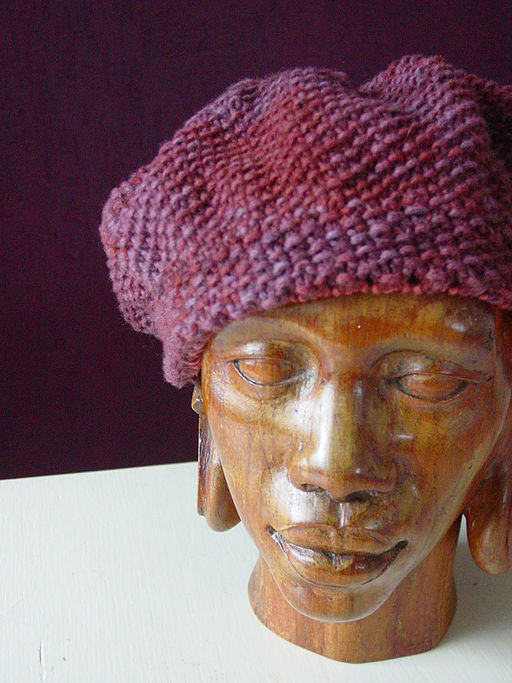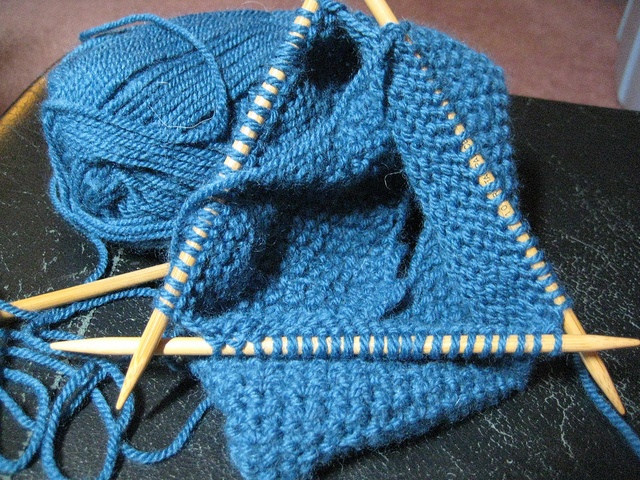If you’re new to knitting, there are a variety of stitches that you can learn to jump-start your new hobby.
What is seed stitch knitting?
Knit stitches and purl stitches, among numerous other types, are a part of the beginner’s arsenal, a necessary technique for anyone who wants to start learning the art.
If you hope to get a bit further into the game, however, you may want to try knitting with a seed stitch. It’s a great way to branch out into other types of stitches, without the hassle of learning something extremely complicated.
Simply put, if you know how to knit and purl, you can make a great seed stitch in no time.
What Is Seed Stitch Knitting?

The seed stitch derives its name from the look of its pattern. A yarn knit using a seed stitch will look like it is made of small seeds.
It has a fun, bumpy texture, without the hassle of a complicated pattern. In the UK, the seed stitch is called a moss stitch. (Note that in the US, the moss stitch refers to a different stitch pattern entirely.)
Seed stitch knitting isn’t complicated, even though it looks to be. There are some knitters, however, who might find seed stitching to be tedious.
You would need to continually switch between a knit and a purl, making your progress slower than other stitch patterns. It may also be a problem for knitters who don’t know how to differentiate knits from purls by sight.
However, if you teach yourself to identify knits and purls by sight, and don’t mind that type of tedium (after all, some people find knitting too tedious altogether!), you could try your hand on this easy to learn technique.
How to Knit a Seed Stitch
The seed stitch often starts with an even number of stitches, but it may also work with an odd number of stitches.

For beginners, it may be a good idea to start with an even number, as a seed stitch requires switching between two different types.
The pattern of the seed stitch knit is as follows:
Row 1: *K1, p1. Repeat from * to end of row.
Row 2: *P1, k1. Repeat from * to end of row.
Repeat both rows for a pattern.
When to Purl or Knit
Having a pattern made of purls and knit stitches may result in an easier time, but it can be a great cause of confusion, especially if you find yourself interrupted in the middle of knitting.
When you pick your yarn back up again, you may have a hard time figuring out whether you need to make a knit or a purl. But do not fret! It can be very easy to identify whether your next step is a knit or a purl, simply by looking at the stitch you’re on.
Learning how to identify stitches will also make you a faster knitter in all your future projects.
When identifying purl stitches, it is good to keep in mind that purl stitches are just the reverse of knit stitches. In other words, when looking at the back of your fabric, purl stitches become knit stitches. This is why a seed stitch is a reversible pattern.
Because of this, remember to identify stitches and continue stitching on the identical side of your pattern. It doesn’t matter if you face your pattern on different sides every time, as long as you identify and knit on the same side.
Identifying Knits and Purls
The knit stitch is often the first type of stitch that every beginner learns, just before the purl stitch. When identifying knit stitches, you want to look for a V pattern in your fabric.

Knits are easier to identify in patterns wherein you’re supposed to create the knit stitches. These patterns would result in a vertical column of V-shapes that resemble a braid.
If you’re having trouble identifying your knit stitches, you may want to check swatches of fabric in this pattern.
Purl stitches are often the second type of stitch learned by knitting beginners. Since they are just the reverse of knit stitches, purls create a U shape, or what some knitters would describe as a necklace.
This shape is the continuation of the V, connecting the top arms of the shape to form what looks like a teardrop.
Once you’ve identified your knits and purls, remember that seed stitches are made by knitting purls and purling knits.
Seed Stitch Ideas
Seed stitches are incredibly versatile and are perfect for almost any kind of knitting project that you can think of. Because it’s being reversible and lying flat, you can use a seed stitch when knitting socks or scarves.
Seed stitches are also often in tandem with other patterns, especially those that don’t lay flat. For patterns that curl, seed stitches are used as a quick way to provide edging, to stop the rest of the pattern from curling.
Here’s a video showing how to knit the seed stitch.
Do you have any tips on seed stitch knitting?
